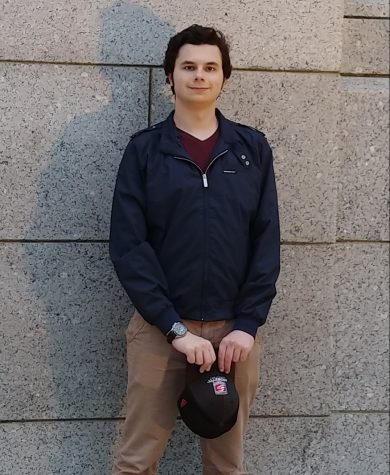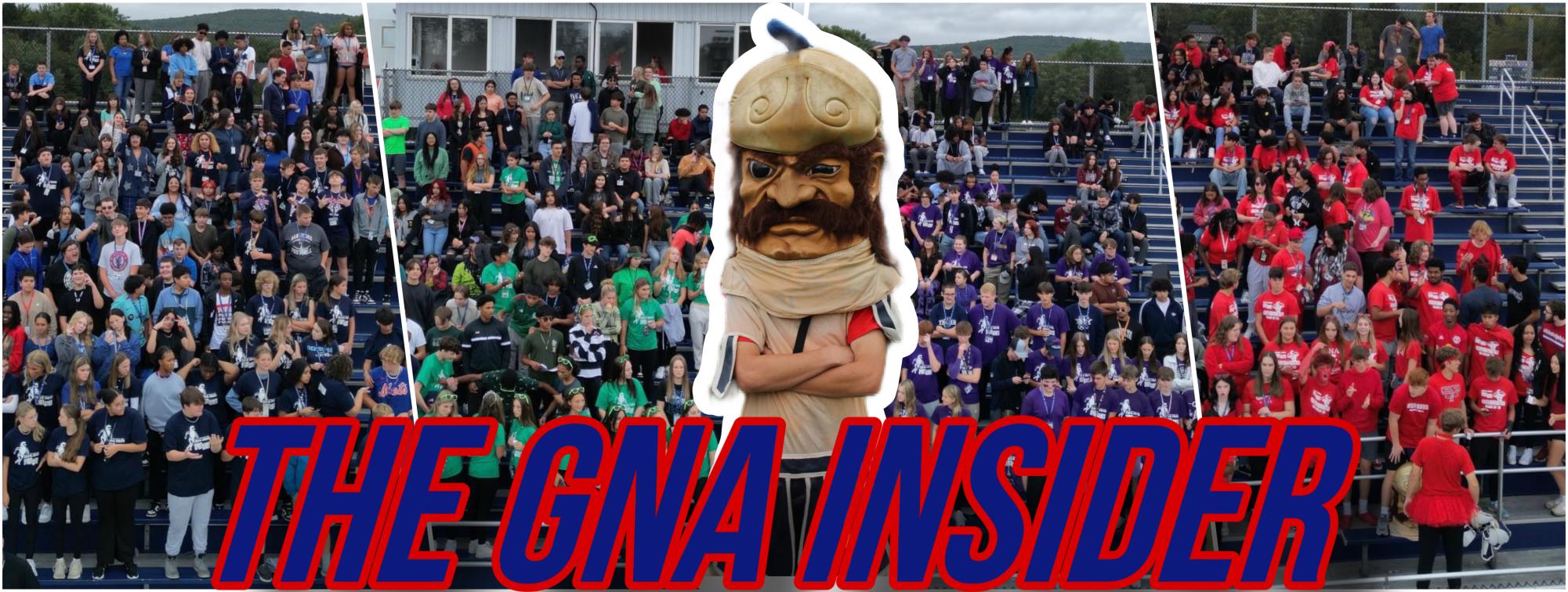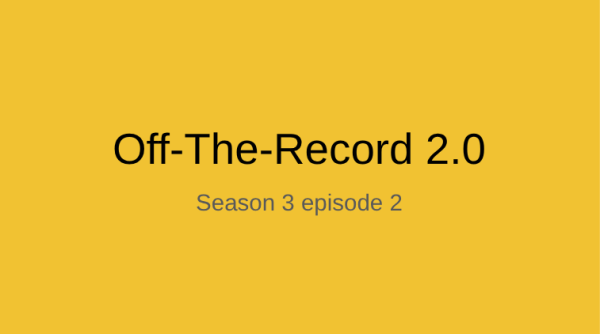The Marvel Cinematic Universe; an analysis
Film and television have changed a significant amount over the years, with new mediums and methods of storytelling highlighting a growing trend of visual media evolving to fit the technology of which it is attached. Movies, which once acted as a showcase of artistic vision and performance prowess now hold a different role altogether; telling a story to impact an audience, in addition to making a profit for the studio in the process. Television has also seen something of an evolution, but for different reasons. The medium of film in theater hasn’t seen significant change, but television, which used to be primarily serial-based story, has had the chance to join the streaming age of media, in which where entire series of shows can be filmed and distributed at once for long-term watching.
This elongated style of storytelling needed to be replicated by movies as well, and the way cinema learned to progress alongside the in-home screen, is by adapting an interconnected universe of stories that span multiple movies.
Enter the Marvel Cinematic Universe, the first of a series of studio projects in the film industry that aims to up the anti on the stakes in its movies, by spreading a shared platform for all its independent stories. Starting as an idea in 2008 after Marvel Studio’s release of Iron Man, the content universe has expanded to include 23 films, all spanning over eleven years of artistic vision, with humble beginnings in the pages of old comics. These plans for a large network of films had initially only planned to span the available superhero properties that the studio had ownership of at the time, but after the success of the initial few films in Iron Man (2008), Captain America (2011), and The Avengers (2012), new heroes and film plans were being drawn up at rapid pace.
In retrospect, and as simply delusional as it may sound, the Marvel Universe helped spur a revolution in how studios perceived the notion of sequels and continued property. Filmmakers and writers are no longer limited to just “part two,” or a basic trilogy of films, as now adaptations of years of written and drawn content can be reused in clever and intelligent ways to introduce a new audience to a modified story. In addition to the near 40-hour run time of the total collection of films, countless directors, actors, composers, crew, and designers have been employed to put the movies together could create thousands of jobs.
While a collection of superhero films may not entirely seem to be something groundbreaking for the world of cinema, the effects of such a large body of work have influenced a generation of moviegoers, and studio executives, spurring the creation of so many more interconnected works, for many years to come.
Avengers: Endgame is in Theaters April 26th. Tickets are on sale now!

My name is Gabe Jenceleski, and I am a member of The GNA Insider staff! As a contributor to the paper, I have had the unique opportunity to be privy to...







